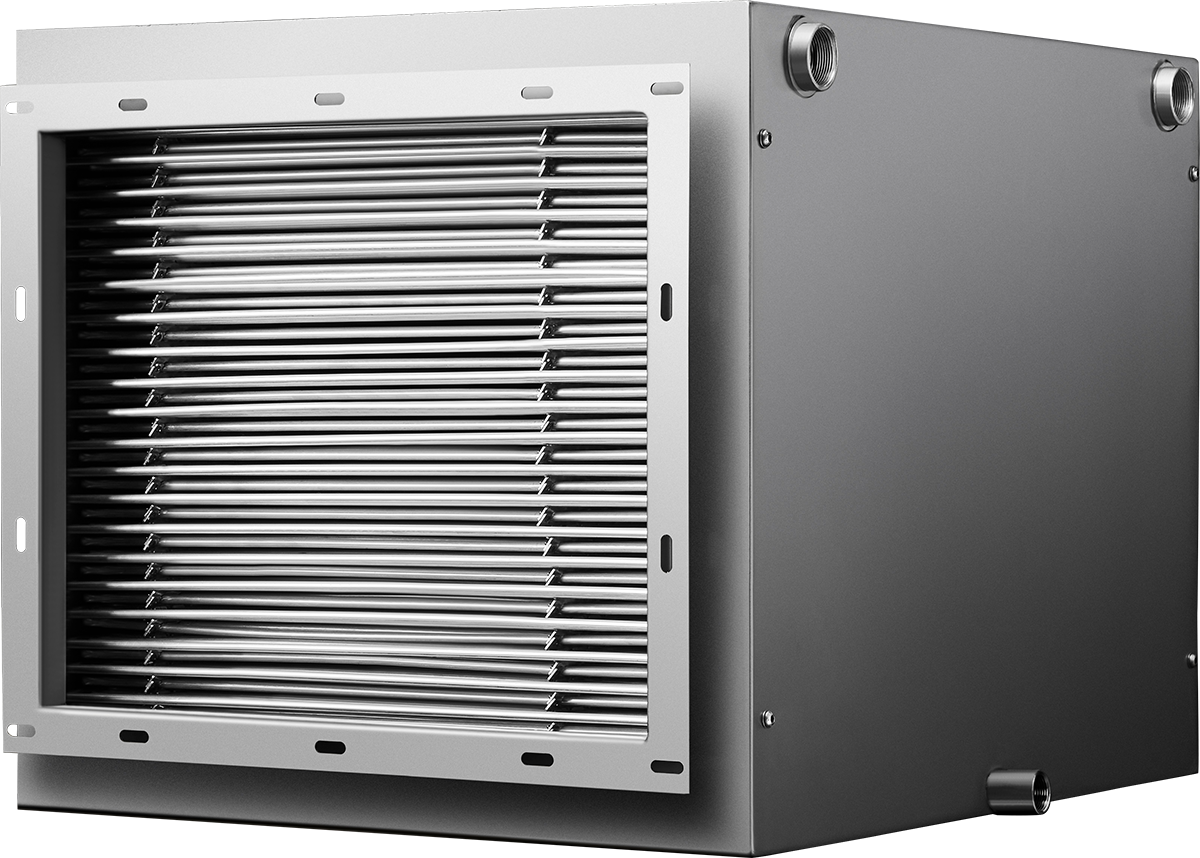Cement production is carried out in a range of specialized facilities, each serving distinct roles within the production process. While cement plants are the primary facility where cement is manufactured, integrated cement plants are large-scale cement production facilities that manage the entire cement production process from raw material extraction to final product manufacturing. There are specialised cement production facilities that may focus on only one area in the cement production such as Raw Material Preparation Facilities, Clinker Production Plants, which is the intermediate product in cement production, or grinding stations (Mills) that focus on the final grinding of clinker and gypsum to produce cement.
Particulate matter such as dust is generated during the quarrying of raw materials, grinding, and handling of raw materials, clinker, and finished cement. Also, Volatile Organic Compounds (VOCs) and trace amounts of heavy metals are emitted during the combustion of fuels and from the raw materials used in cement production. The presence of such pollutants makes it challenging to recover heat effectively from these processes.
.png?width=1200&height=627&name=Without%20energy%20recovery%20(2).png)
Lepido thrives in harsh environments, recovering energy while allowing particles that would normally clog up heat exchangers, to simply pass through. Lepido is designed to extract and transfer heat from the dirty exhaust air produced during cement and concrete manufacturing. It is resilient against pollutants such as dust, fumes VOCs, and other particles in cement production and is suitable for diverse cement production processes as it seamlessly integrates into a Run-Around-Circuit, overcoming the Coanda effect.

Lepido ensures optimal efficiency and is designed to withstand high temperatures and pressures. The recovered heat can be used to heat replacement air or returned to the process itself by preheating liquid/air such as preheating raw materials or drying feedstock. This reduces the need for additional fuel, thereby cutting down on CO2 and other emissions.
There are many ways that the recovered heat can be used in. For example:
- In the preheaters and calciners: The recovered heat can be used to preheat raw materials before they enter the kiln. This reduces the energy required for calcination and improves overall kiln efficiency.
- Clinker Cooling: Heat from the clinker cooling process can be captured and reused, further enhancing energy efficiency.
- Drying Raw Materials: Recovered heat can be employed to dry raw materials such as limestone, clay, and other additives, improving the efficiency of grinding and blending operations.

